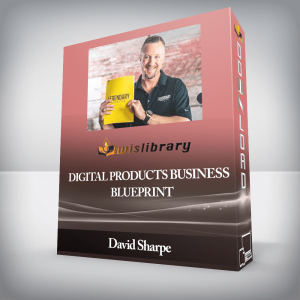1 Hour 30 MinutesIn this recording, best-selling author Tina Payne Bryson (co-author with Dan Siegel of The Whole-Brain Child) discusses how to increase the effectiveness of your treatment by working with parents to reduce the backwards steps taken when a child leaves the therapy office or classroom.Purchase 10 Brain-Based Strategies to Help Children Handle Their Emotions: Bridging the Gap between What Experts Know and What Happens at Home & School – Tina Payne Bryson courses at here with PRICE $49.99 $29In this recording, best-selling author Tina Payne Bryson (co-author with Dan Siegel of The Whole-Brain Child) discusses how to increase the effectiveness of your treatment by working with parents to reduce the backwards steps taken when a child leaves the therapy office or classroom.Using stories, case examples, and plenty of humor, Dr. Bryson explains ten simple, scientifically grounded strategies that will help children handle their emotions and make better decisions—even in high-stress moments. You will learn how to accurately assess a child’s temperament and the key questions to provide a great understanding of family dynamics and parenting styles. Walk away from this webcast with the tools to improve outcomes by working more effectively with the entire family as part of the process.Explain why emotional responsiveness is an essential intervention strategy. for developing the brain and creating long-term mental health and resilience.Distinguish the connection between reactivity and the threat-detection system in the brainIdentify when parents need to make shifts at home, versus when a child actually needs therapy.Demonstrate how to reinterpret seemingly maladaptive behavior as purposeful, adaptive behavior with a meaning, then learn how to shift it.Describe how to communicate these basic concepts to parents.Emotional ResponsivenessHow much does context matter?Communicate comfort rather than threatDecrease emotional reactivity through a sensory motor lensCreative questions that reveal more about a child’s:TemperamentFamily lifeParenting they are receivingEmphasize the parental basics:NutritionSleepSelf-careTeach parents how to more effectively deal with their child’s behaviorUnderstand when to “lean into” a behavior instead of trying to extinguish itWait for the teachable moment, and know when to avoid talking about feelings and problemsUncover and challenge parents’ theories about their children’s reactivity and behaviorAllow development to happen, even if it’s not on our preferred scheduleTag: 10 Brain-Based Strategies to Help Children Handle Their Emotions: Bridging the Gap between What Experts Know and What Happens at Home & School – Tina Payne Bryson Review.10 Brain-Based Strategies to Help Children Handle Their Emotions: Bridging the Gap between What Experts Know and What Happens at Home & School – Tina Payne Bryson download. 10 Brain-Based Strategies to Help Children Handle Their Emotions: Bridging the Gap between What Experts Know and What Happens at Home & School – Tina Payne Bryson discount.Purchase 10 Brain-Based Strategies to Help Children Handle Their Emotions: Bridging the Gap between What Experts Know and What Happens at Home & School – Tina Payne Bryson courses at here with PRICE $49.99 $29

 Assessment of ADHD in Children and Teens – Russell A. Barkley
₹4,814.00
Assessment of ADHD in Children and Teens – Russell A. Barkley
₹4,814.00
 Oppositional Defiant Disorder (ODD) in Children with Dr. Russell Barkley
₹4,814.00
Oppositional Defiant Disorder (ODD) in Children with Dr. Russell Barkley
₹4,814.00
10 Brain-Based Strategies to Help Children Handle Their Emotions: Bridging the Gap between What Experts Know and What Happens at Home & School – Tina Payne Bryson
₹4,814.00


